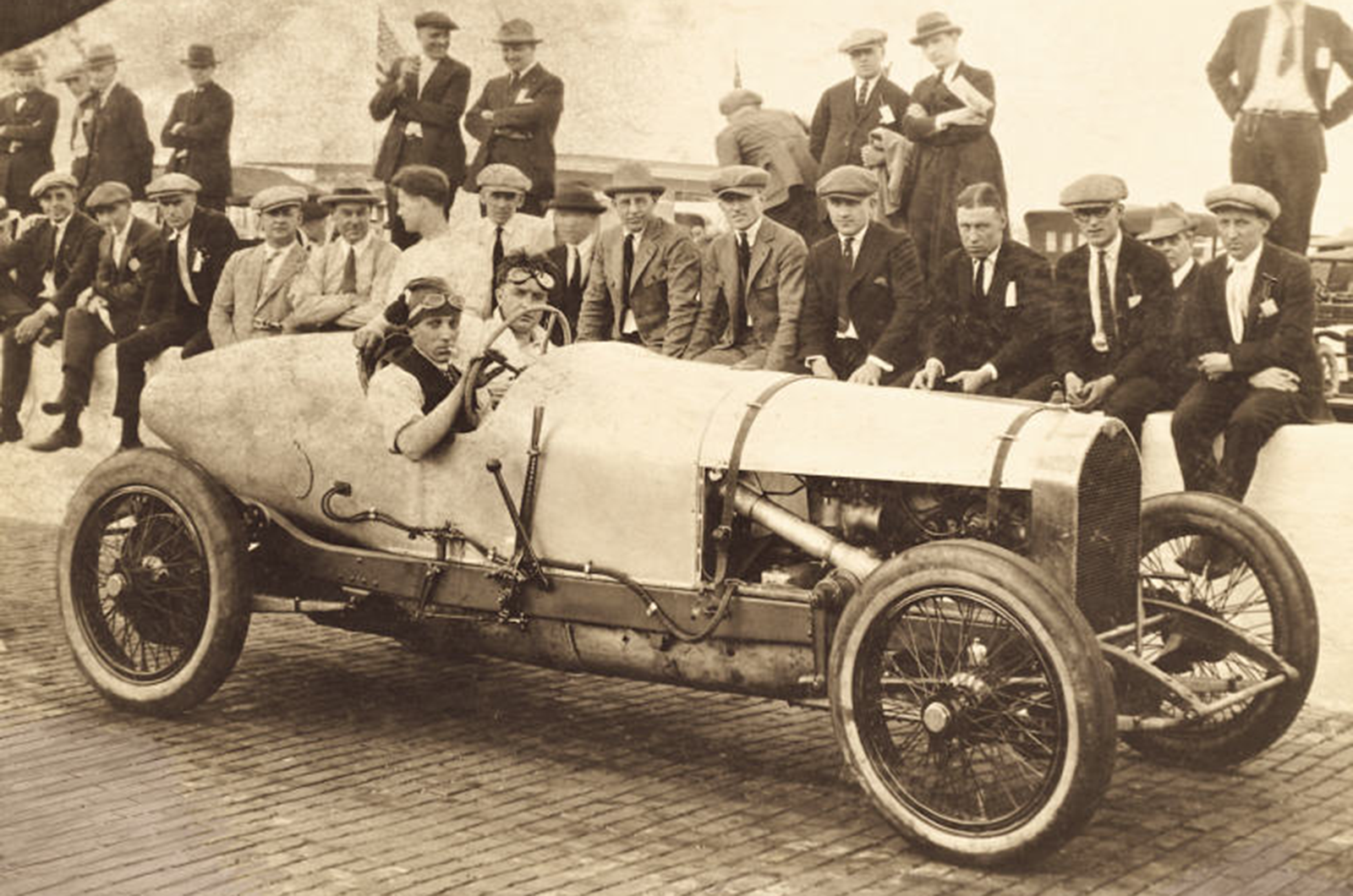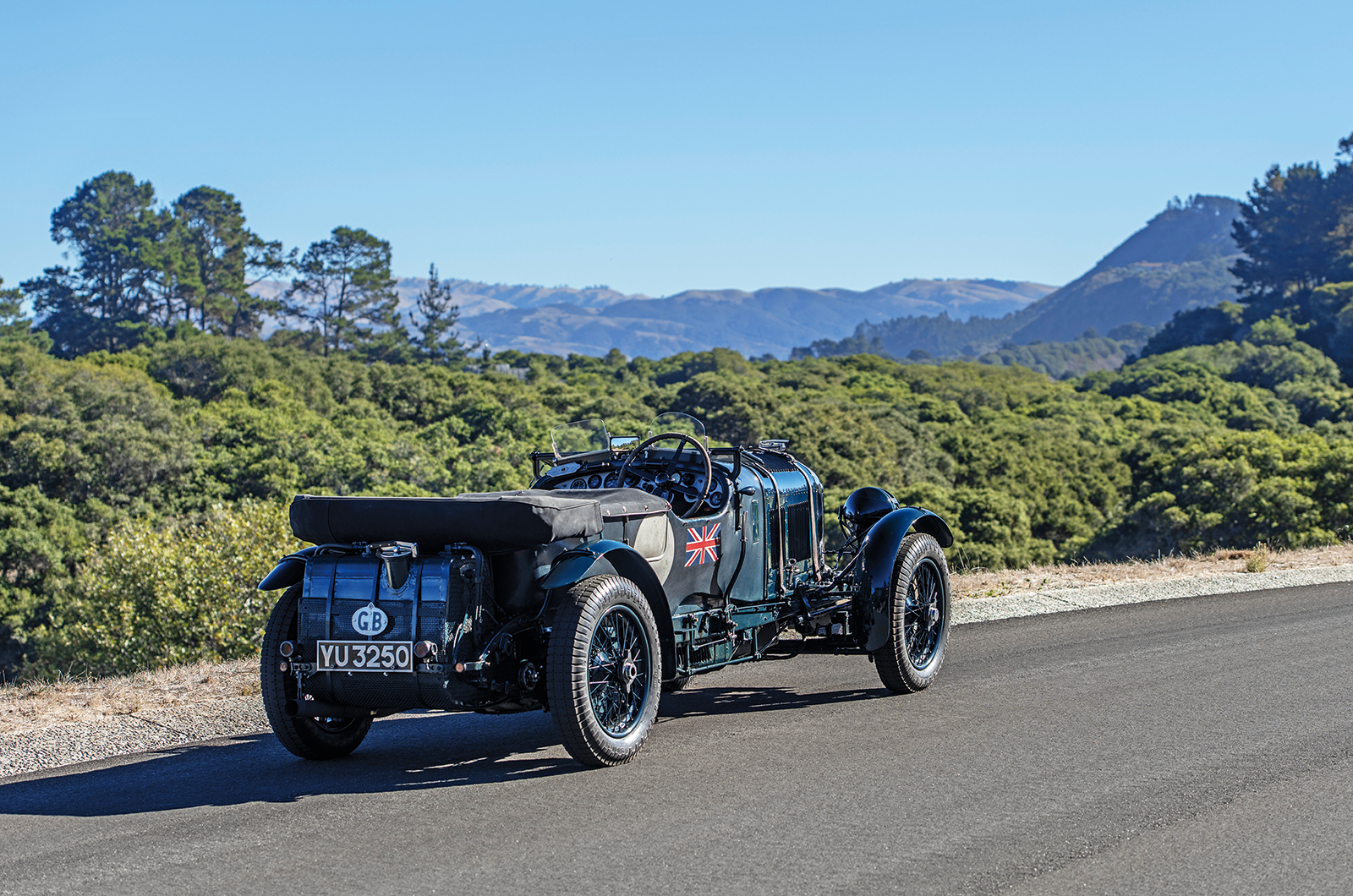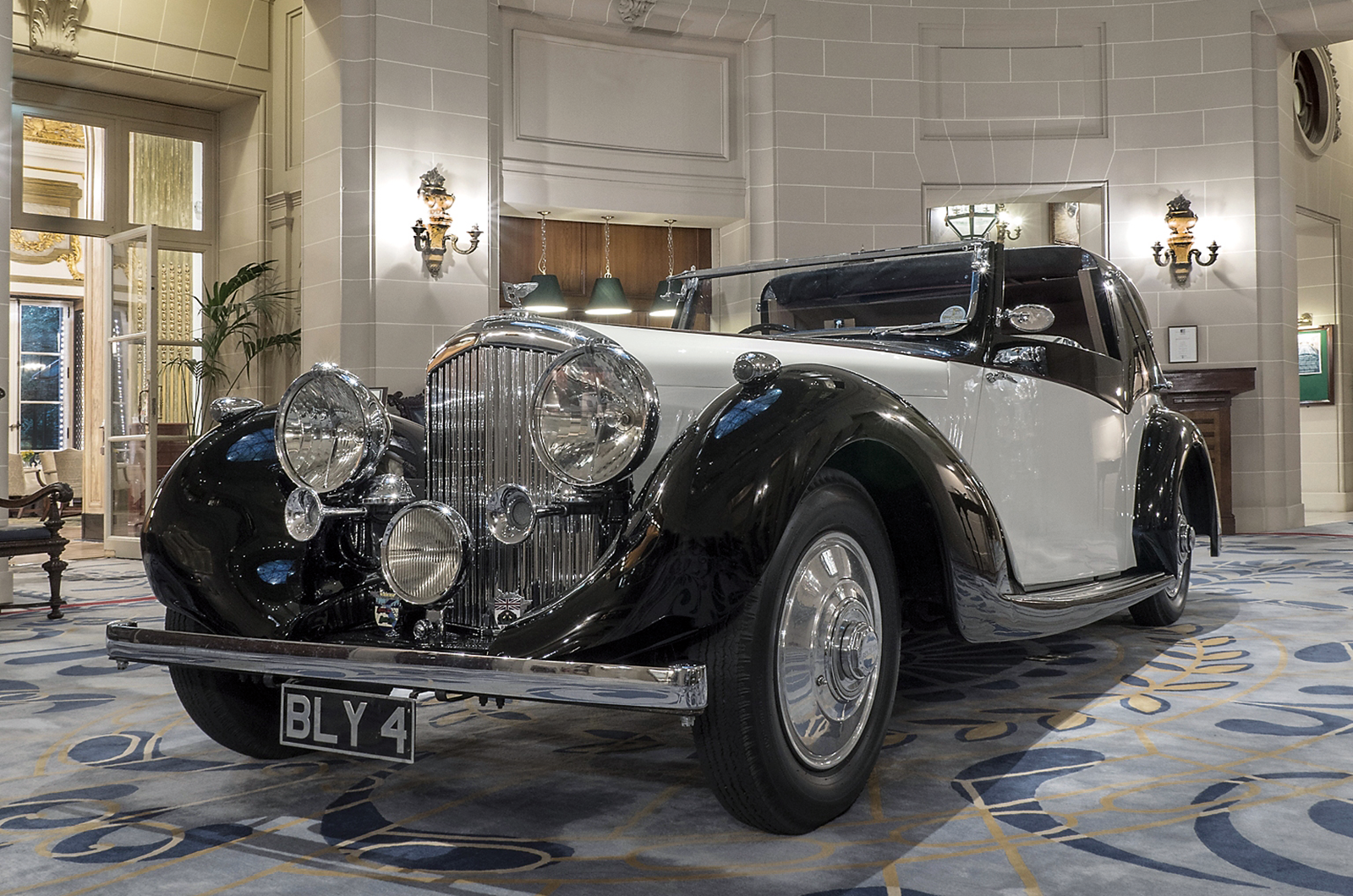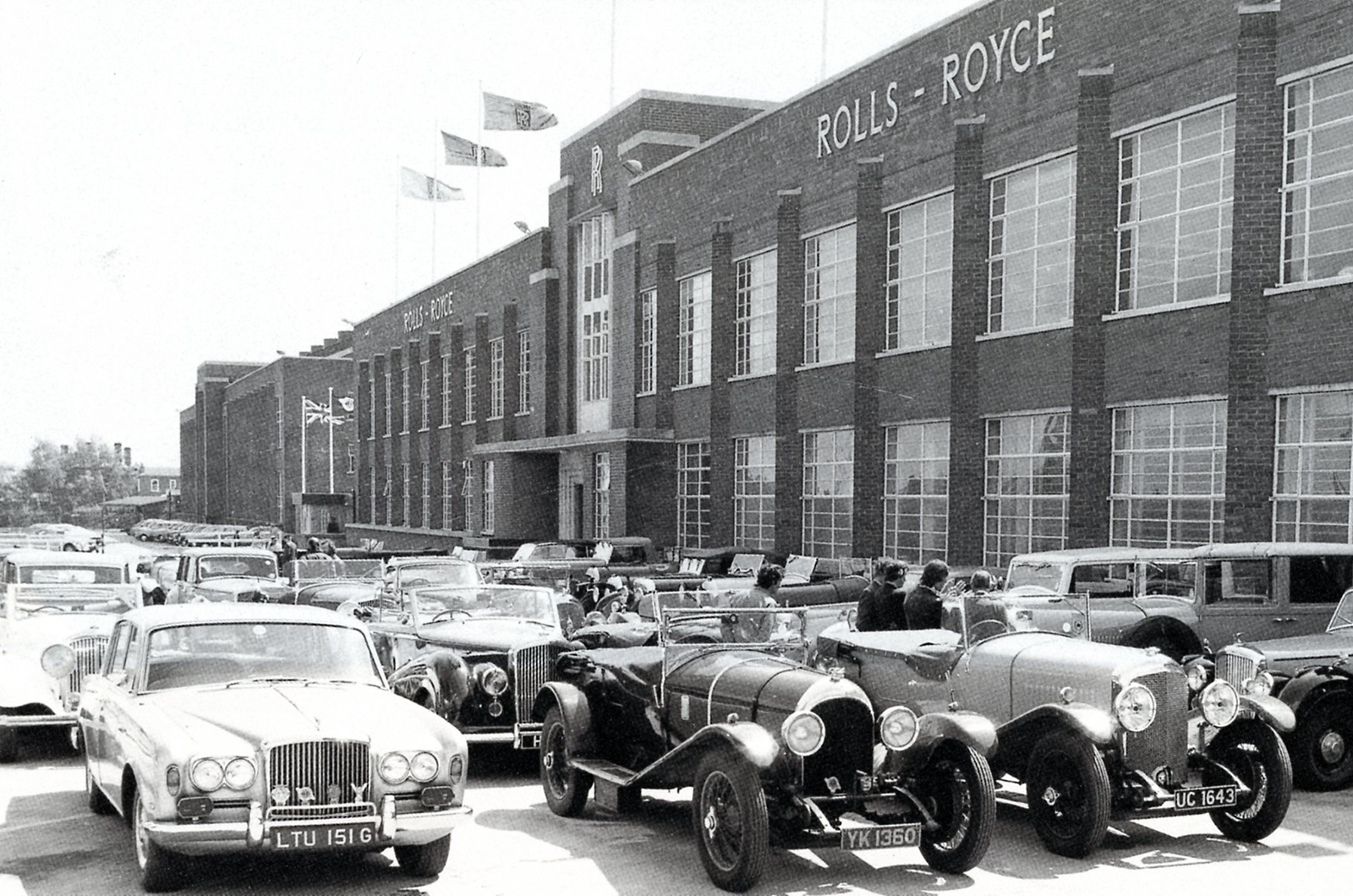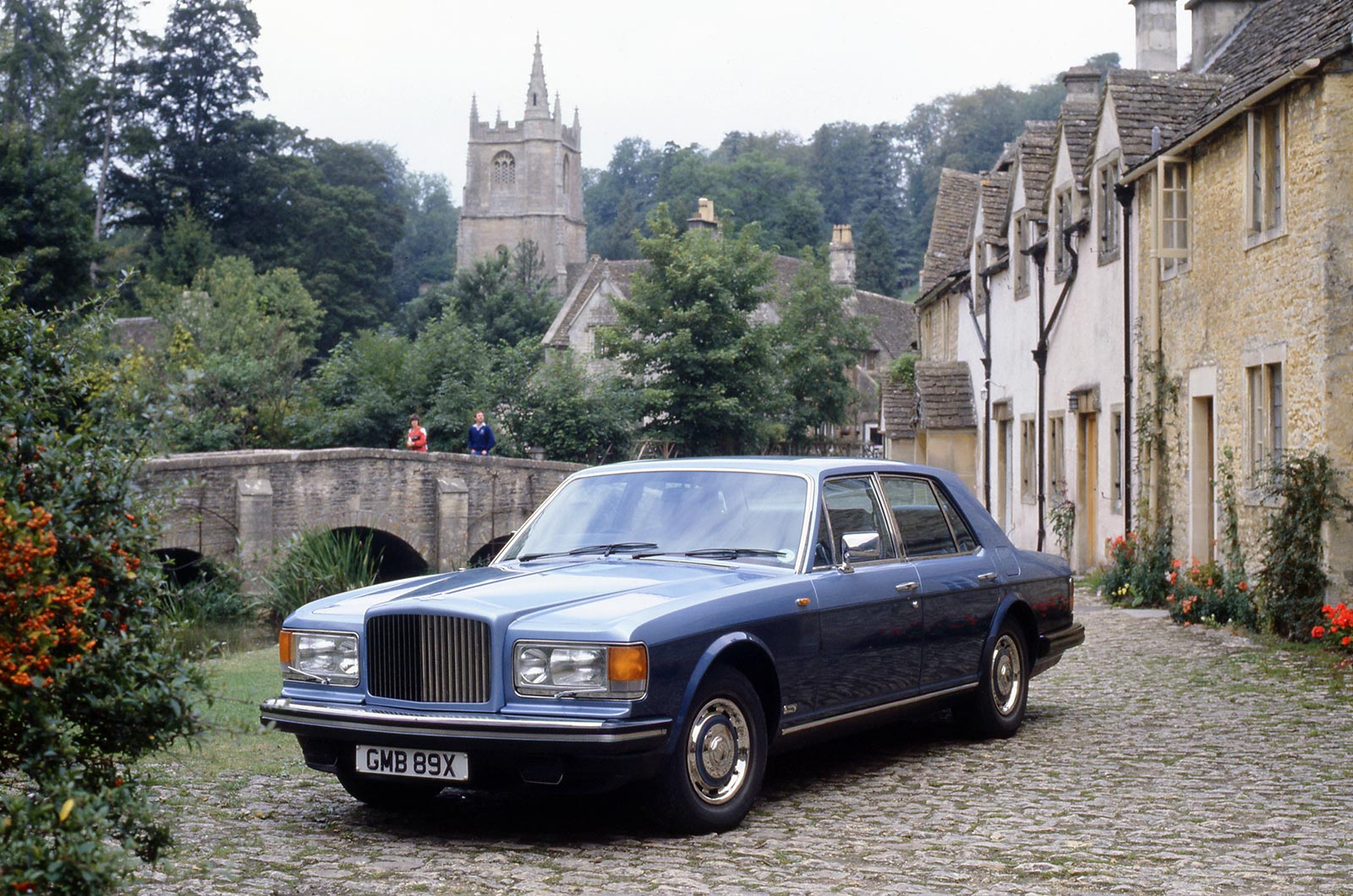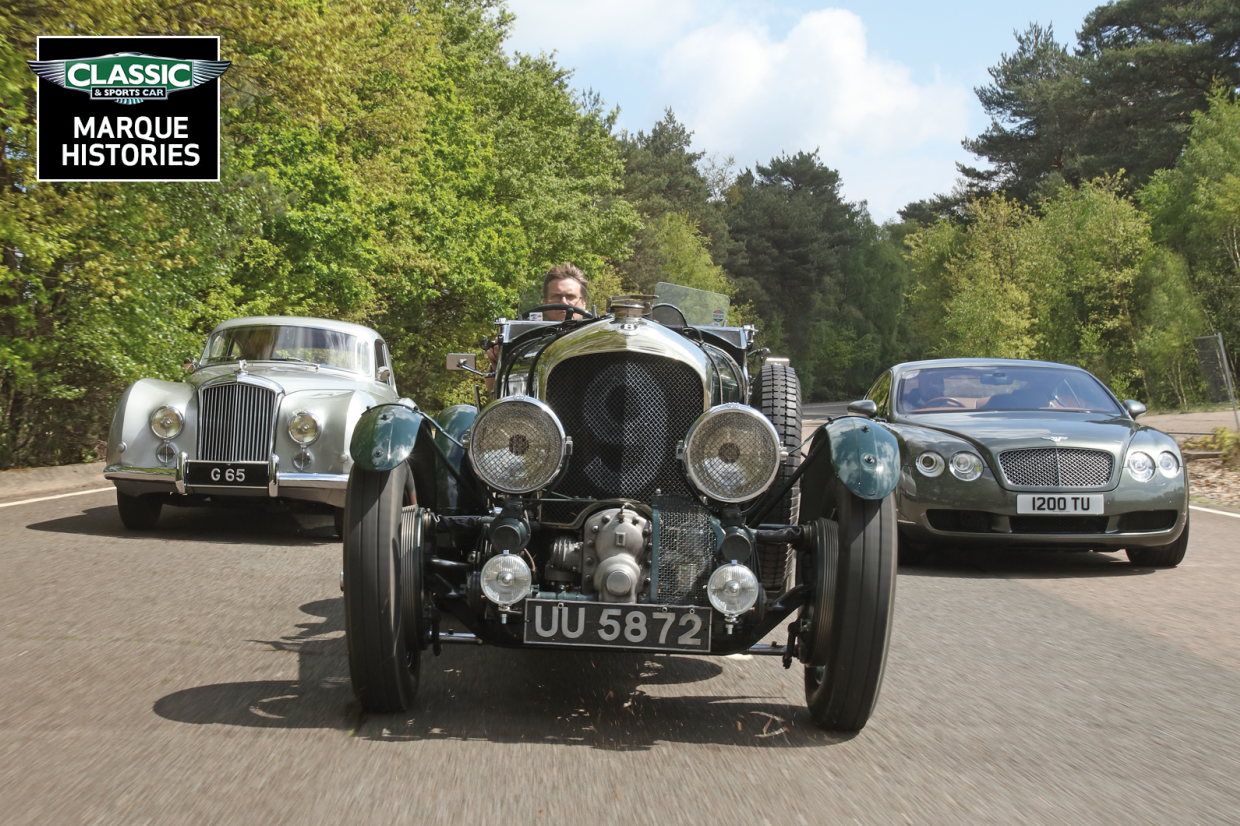
Bentley seems to have gone full circle in recent years.
After spending far too much of its life as little more than an exercise in badge engineering, the upmarket British marque has started to regain its reputation as a purveyor of high-class automobiles (after a bit of a Cheshire footballer wobble).
It even enjoyed a glorious return to Le Mans in 2003 – and all this under German ownership.
So what makes Bentley so special? We trace its history from its birth in northwest London to the VW-owned modern incarnation.
The man behind the marque
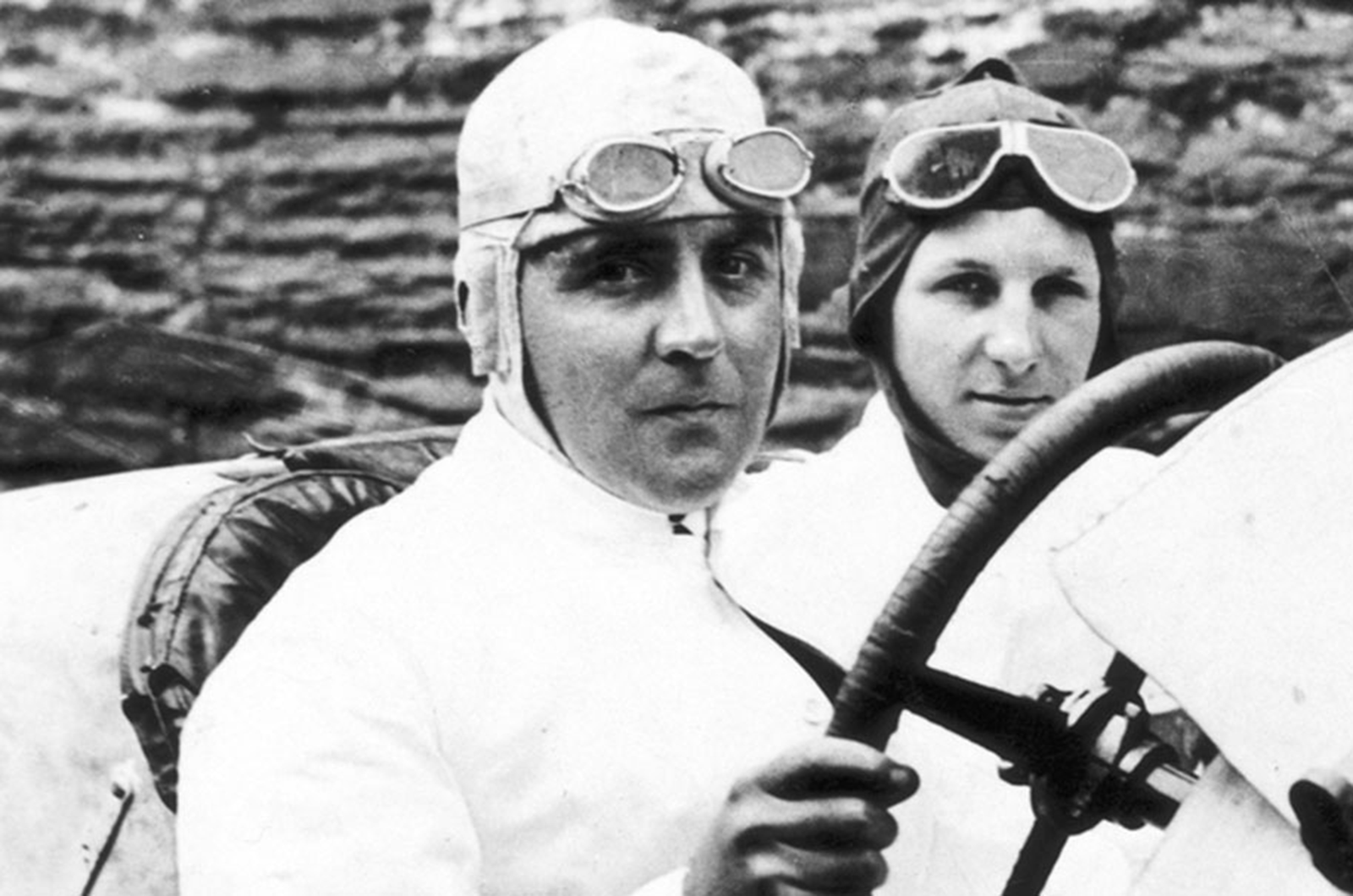
WO Bentley behind the wheel
There is no question that inveterate engineer WO Bentley was handier with a slide rule than he was an abacus.
Born in London to Australian parents in 1888, Walter Owen Bentley’s first job was with the Great Northern Railway, where he flourished as an engineer. During those years, he filled his leisure hours racing motorcycles before studying theoretical engineering.
WO’s first foray into business was a joint venture with elder brother Horace selling French DFP (Doriot, Flandrin & Parant) cars and putting the marque on the map by modifying examples with alloy pistons to secure Brooklands speed records.

